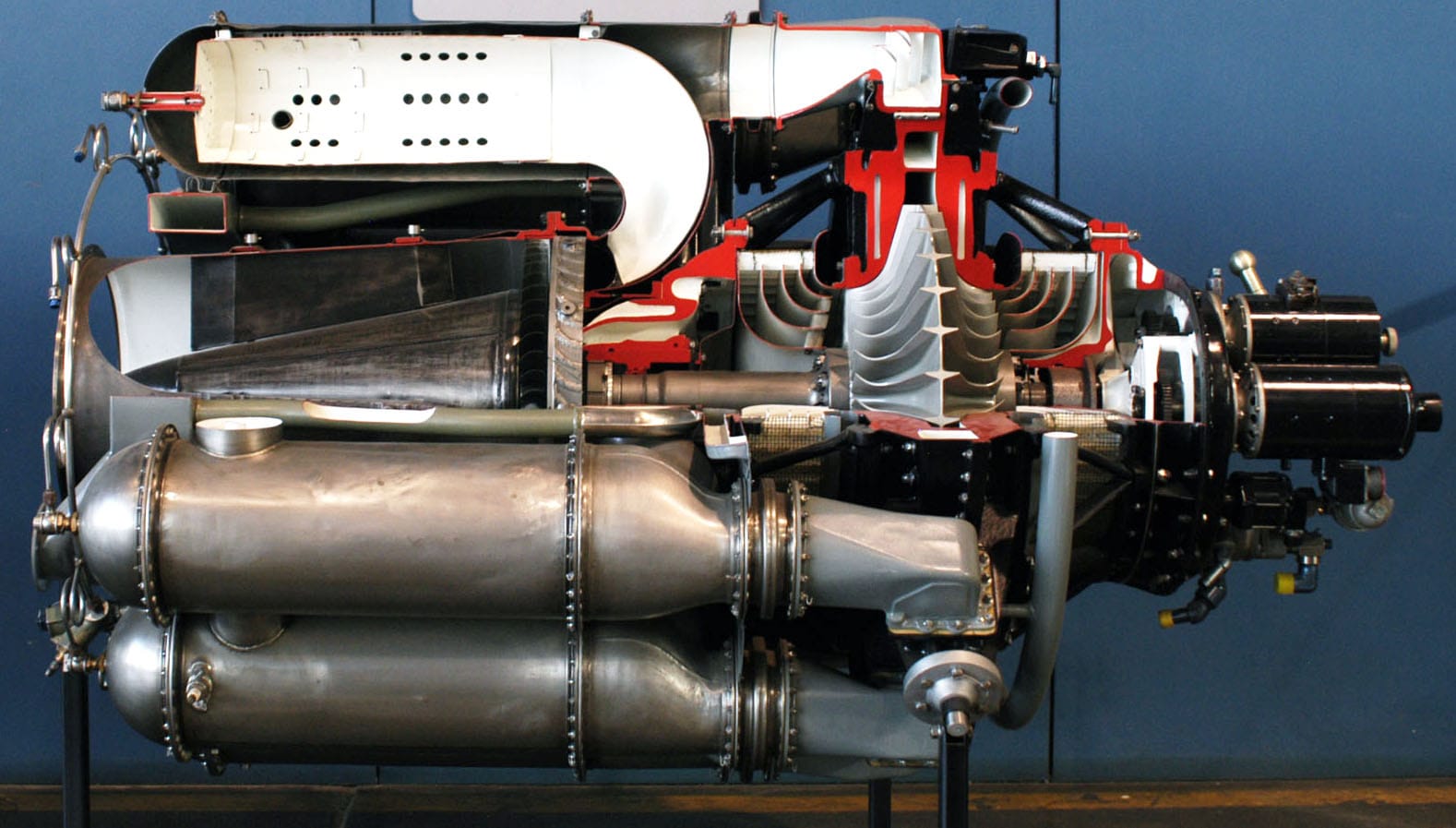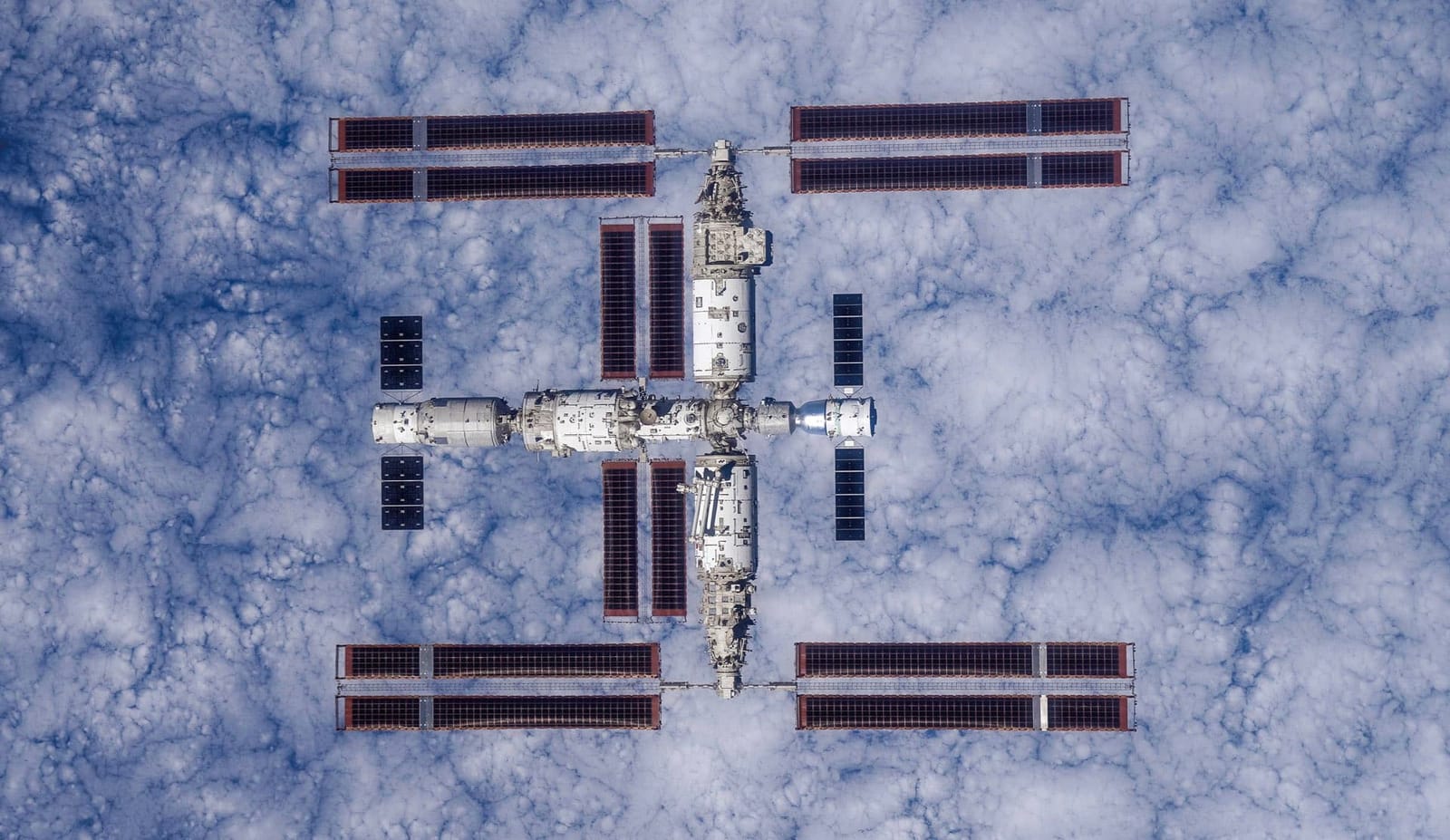Article
A collection of 29 posts

Why Part 108 Has Triggered a Comment Frenzy
Part 108 didn't normalize BVLOS. Right-of-way inside “shielded” corridors, country-of-origin limits, and unclear transitions drew the hardest fire after the NPRM. Small operators and public safety warn of cost walls. This piece maps the objections and FAA fixes that must land.
· Mathew Lewallen

Quantifying Launch-Day Impacts on Metroplexes
Stop guessing launch-day capacity. Learn how to model delay with FAA metrics, like TBLP/DLRW savings, 3-minute reopen behavior, and DRA containment. Build a bank-by-bank plan, cut holds, and defend your slots. Read on the method and the ops.
· Mathew Lewallen

The Wright Brothers: How Two Bicycle Mechanics Solved Controlled Flight
The Wright brothers cracked controlled, powered flight through data, design, and lawfare. They engineered three-axis control, generated their own aerodynamic data, built a bespoke engine, and protected their IP. These moves defined modern aviation and I will tell you why.
· Mathew Lewallen

Spacecraft Antenna Systems: Key Types, Designs, and Roles in Satellite Communications
Learn how wire, horn, reflector, and array antennas enable spacecraft to communicate with Earth. Explore their designs, strengths, and roles in uplink/downlink operations for modern satellite communications.
· Mathew Lewallen

SpaceX Rockets: From Early Failures to Starship’s Record-Breaking Potential
Discover how SpaceX evolved from early rocket failures to dominating commercial spaceflight with Falcon 1, Falcon 9, Falcon Heavy, Dragon, and Starship, pioneering reusable rocket technology and redefining the future of space exploration.
· Mathew Lewallen

Forging the Jet Age: How the GE J31 Turbojet Engine Shaped Modern Aviation
Explore the groundbreaking General Electric J31 turbojet, the first mass-produced centrifugal-compressor engine, its development, design intricacies, and wartime impact. Read on for in-depth analysis and performance insights, and subscribe to Aerospace Post for more propulsion innovations.
· Mathew Lewallen

$1 Million Clay Millenium Prize Problem - Yang-Mills & the Mass Gap
Discover how a new rigorous proof establishes a positive mass gap in 4D SU(2) Yang–Mills theory, potentially resolving a Clay Millennium Problem, and reinforcing quantum field foundations. Dive into the novel log-Sobolev method and its long-term implications.
· Mathew Lewallen

Lycoming O-320: The Benchmark of General Aviation Engines
Discover how Lycomings legendary O-320 engine became the gold standard of general aviation, from 1929 roots to modern emissions research. Uncover its iconic design, performance feats and role in cleaner fuel innovation. Dive into Aerospace Post for the full story and boost your aviation expertise!
· Mathew Lewallen

Remote Sensing Revolution: Transforming Earth Science Research
Explore how advanced remote sensing, from satellite multispectral imaging and radar to spectroscopy, is driving breakthroughs in geology, meteorology, oceanography, and astronomy. Read the full study to unlock insights, drive innovation, and join the next wave of Earth science discovery.
· Mathew Lewallen

Harnessing GIS & Remote Sensing: Next-Gen Geospatial Intelligence in 2025
Discover how integrating GIS and remote sensing, from satellite imagery to AI-driven analysis, unlocks actionable insights for environmental monitoring, urban planning, and disaster response. Read our updated guide and revolutionize your geospatial workflows today.
· Mathew Lewallen

Exploring and Expanding the Space Frontier: Unlocking Humanity’s Future
Uncover why pushing beyond Earth sparks game‑changing science, tests human grit, shields us from cosmic threats, taps infinite resources, and paves the path to tomorrow’s breakthroughs. Dive in to see how expanding the space frontier shapes humanity’s future!
· Mathew Lewallen

What nations are "Space Capable"?
Over 70 nations now orbit satellites, with India and Japan among the fastest‐growing programs. Discover how global space collaboration drives innovation and exploration. Join us to forge new partnerships, advance mission goals, and shape the future beyond Earth.
· Mathew Lewallen

China’s Space Program: From Early Rockets to Lunar Ambitions and the Wolf Amendment
Uncover China’s rise as a space power from early Dongfeng rockets and Shenzhou missions to Chang’e lunar achievements and the Wolf Amendment’s impact on US–China collaboration. Read the full story and blast off into the future!
· Mathew Lewallen

Commercial Spaceflight: SpaceX and Virgin Galactic’s New Era
Commercial spaceflight has revolutionized space access, with SpaceX’s Crew Dragon and Starlink delivering low-Earth orbit services and Virgin Galactic’s suborbital tourism. Explore key successes, challenges, and the future of private-sector exploration, from microgravity research to lunar ambitions.
· Mathew Lewallen

ISS Microgravity Research: Energy Needs & Blood Pressure Regulation
This paper evaluates two ISS microgravity experiments—astronaut energy requirements for long-duration missions and an in-flight blood pressure test to predict fainting risk on Earth return—highlighting their implications for future exploration and terrestrial health.
· Mathew Lewallen

Modernizing Outer Space Law: Private Actors & Moon Agreement Reform
Five core U.S. space treaties set foundational rules but now lag behind private-sector ventures and evolving missions. Key fixes: explicitly cover nongovernmental actors across all treaties and renegotiate the Moon Agreement to secure broader international buy-in.
· Mathew Lewallen

Europa Clipper and Jupiter Icy Moons Explorer
Europa Clipper (NASA) and JUICE (ESA) will study Jupiter’s icy moons—Europa, Ganymede, Callisto—to assess habitability. JUICE targets three moons with detailed phased orbits; Europa Clipper focuses on Europa via 45+ flybys and ice‐penetrating radar.
· Mathew Lewallen

Virgin Galactic: SpaceShipOne & Two – History & Future
Virgin Galactic pioneers space tourism, evolving from the X Prize era with SpaceShipOne to the ferry-launched SpaceShipTwo. Despite early tragedies, it leads reusable suborbital flight and Readies LauncherOne satellite missions.
· Mathew Lewallen

Commercial Satellites
Commercial satellite tech is advancing fast, with benefits like global internet (Starlink) and high-res imagery (IKONOS, Landsat). Challenges include debris, overcrowding, and astronomy interference. This paper reviews IKONOS, Starlink, and Landsat to gauge future directions.
· Mathew Lewallen

Air Traffic Control and the Difficulties with International Relationships
The US needs to strengthen relationships with French aviation in order to facilitate a cooperative air defense system. France flying rules are vastly different from other countries, including the United States. This constant disconnection leads to potential aircraft mishaps and safety hazards.
· Jeffrey Klein

Boeing 777X
Boeing’s 777X revolutionizes commercial aviation with foldable wingtips that extend span in flight for greater lift and fuel efficiency, then retract on the ground for airport access. Paired with advanced composites, GE9X engines, and upgraded cabins, it sets a new industry standard.
· Mathew Lewallen

An Air Molecules Journey Through the GE-90 Engine
GE’s GE90-115B is a high-bypass turbofan with a 128″ fan and 9:1 bypass ratio, generating up to 115,000 lbf of thrust while cutting fuel burn, emissions and noise. Drawing on EASA certification, Stanford research and propulsion literature, it details its design and air-molecule flow.
· Mathew Lewallen

Air-Space Traffic Integration Safety
Safe air-space integration is vital as space operations grow. Reviews air traffic management, debris mitigation, and coordination. Highlights tools like SDI, TBO, and machine learning to boost joint airspace safety. Keywords: air traffic, space traffic, airspace integration, spacecraft debris.
· Mathew Lewallen

Air and Space Traffic Deconfliction
Commercial space growth is straining air traffic management: launches and recoveries intrude on airspace, causing delays and safety risks. This paper reviews deconfliction methods—NOTAMs, predictive analytics, AI—and calls for updated regulations and tech to enable efficient, safe integration.
· Mathew Lewallen

Human Factors in Germanwings Flight 9525
Using HFACS and Swiss Cheese models, this study examines Germanwings Flight 9525, revealing how overlooked pilot mental health, supervisory lapses, and organizational gaps aligned to cause the crash. It highlights the need for improved screening, reporting, and safety culture reforms.
· Mathew Lewallen

Human Factor Implications in the Future
Using HFACS and the Swiss Cheese Model, this study dissects the Germanwings 9525 and Shaw AFB F-16CM crashes, revealing latent supervisory and organizational failures beyond pilot error. It guides stakeholders in proactive safety improvements and urges AI integration.
· Mathew Lewallen

Human Factors in Aviation
Using HFACS and the Swiss Cheese model, this study analyzes Germanwings 9525 and Shaw AFB F-16CM crashes, showing that beyond pilot error, latent supervisory and organizational failures played key roles. It urges expanding human-factor frameworks to encompass AI and new aviation tech.
· Mathew Lewallen

Review of Law Practices in Air and Space Traffic Deconfliction
Air and space traffic overlap is outpacing existing laws. Today’s NOTAM-based restrictions lack mandatory spacecraft rules, a clear boundary between air and space, and unified international standards. We call for a global consensus to harmonize legal frameworks.
· Mathew Lewallen

No man’s airspace: Why our skies aren’t ready for the space boom
SpaceX Starship tests grounded Florida flights, exposing clashes between rockets and airliners. With launches set to double by 2028, static no-fly zones disrupt hundreds of flights. We need real-time rocket tracking for dynamic, precise airspace management.
· Mathew Lewallen